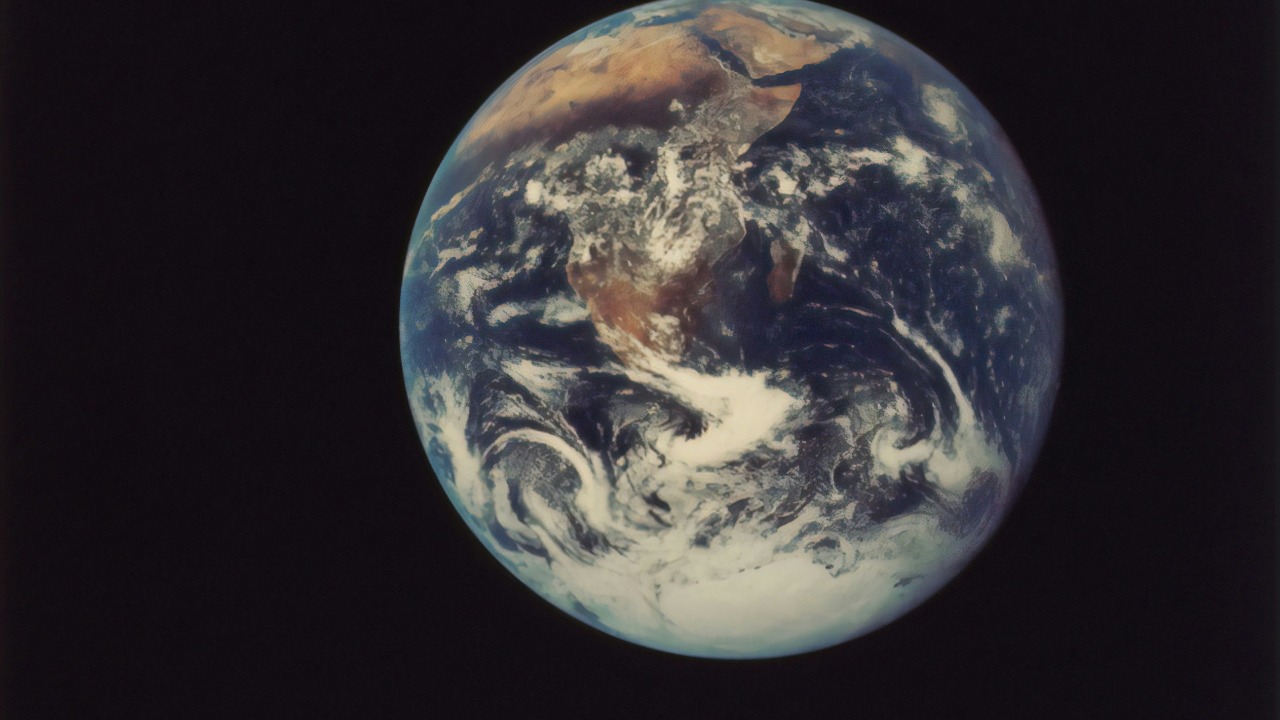
Recent findings have unveiled a startling reality: the Earth’s crust is showing signs of significant instability. From the land beneath Chicago’s urban infrastructure sinking at an alarming rate to the dying out of critical subduction zones that drive plate tectonics, the surface we tread on is undergoing dramatic changes. Adding to this subterranean turmoil is the discovery of a massive hidden ocean beneath the Earth’s surface, which exerts pressure on mantle dynamics. As we strive to understand these shifts, ambitious projects are underway to drill deep into the planet’s crust, hoping to uncover the secrets of our planet’s foundation before it impacts surface stability.
Urban Land Subsidence in Major Cities
Chicago, a bustling metropolis, is experiencing a phenomenon known as land subsidence, where the ground is sinking at a rate faster than most other cities. This land retreat poses a significant threat to the city’s buildings and infrastructure. The sinking ground exacerbates flooding issues and puts additional strain on the city’s water systems, particularly in the Midwest region.
Chicago’s situation is not an isolated incident. Similar subsidence patterns are observed in other lakefront or industrial urban areas, indicating a broader trend. These patterns underscore the urgent need for comprehensive studies and mitigation strategies to safeguard our cities.
The Role of Subduction Zones in Earth’s Stability
Subduction zones play a pivotal role in the Earth’s geological processes. They are responsible for recycling oceanic crust and driving continental drift. However, recent evidence suggests that these zones are dying out, with reduced activity along key plate boundaries reported in late 2025.
The potential consequences of this phenomenon are far-reaching. It could lead to altered earthquake patterns and suppressed volcanic activity, significantly impacting surface landforms. The dying out of subduction zones could reshape the global seismic activity, making it imperative to understand and prepare for these changes.
Hidden Water Reservoirs Beneath the Crust
In 2025, scientists detected a gigantic ocean of water trapped in the mantle transition zone beneath the Earth’s surface. This hidden ocean, equivalent in volume to multiple surface oceans, has a profound influence on mantle dynamics. It contributes to rock hydration and weakening in the upper mantle, which could accelerate the crumbling of the Earth’s crust.
This subsurface water also plays a role in seismic lubrication, where hydrated minerals may facilitate the movement of tectonic plates. The presence of such a vast water reservoir beneath the crust adds a new dimension to our understanding of the Earth’s geological processes.
Deep Drilling Efforts to Uncover Subterranean Secrets
As we grapple with these subterranean shifts, efforts are underway to probe deeper into the Earth’s crust. Ambitious projects aim to drill 12 miles into the planet’s crust in search of geothermal heat and geological insights. These endeavors, however, are not without challenges. Drilling teams face extreme heat and pressure, among other obstacles.
Despite these challenges, initial findings from the boreholes reveal valuable insights into the fracturing and fluid movements within the Earth’s crust. These findings could shed light on the factors contributing to surface instability and help us better understand the processes at play beneath our feet.
Interconnected Effects on Plate Tectonics
The dying out of subduction zones is connected to broader plate boundary slowdowns observed in 2025. This slowdown, coupled with the influence of the hidden water ocean on mantle convection, could significantly alter tectonic forces. These changes could lead to more frequent or intense surface disruptions over the coming decades.
Understanding these interconnected effects on plate tectonics is crucial for predicting and preparing for future geological events. It underscores the need for continuous monitoring and research into the Earth’s subterranean processes.
Implications for Human Infrastructure and Safety
The ongoing subsidence in cities like Chicago poses significant risks to human infrastructure. Buildings and other structures may require retrofitting to withstand the sinking ground. The insights gained from deep drilling projects could inform hazard mitigation strategies, helping us better prepare for the challenges ahead.
Global monitoring initiatives are crucial for tracking crustal changes resulting from water reservoirs and tectonic shifts. These efforts will not only enhance our understanding of the Earth’s geological processes but also help safeguard our cities and communities from potential geological hazards.
More from MorningOverview